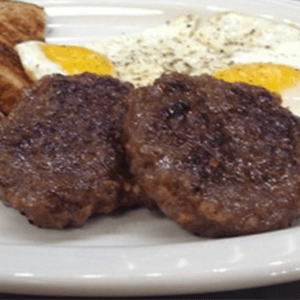There are many traditions and taboos during this time. A lot of preparation goes into the holiday before the New Year because the first five days are “auspicious” or favorable days for catching and retaining good luck.
Prior to February 12
- Cleaning the house represents driving out bad luck and preparing to receive good luck.
- Decorating with red is tied to the legend of Nian. Red is a symbol of happiness, wealth, and prosperity. Decorations include couplets (decorations on either side of a door), the character “Fu” which is hung upside down, Chinese knots, and window paper cut-outs.
- Buying something new to represent a new year. Many people buy new clothes for the important family reunion meal.
- Preparing the food and making dumplings. This is a family-bonding time where everyone gets involved.
New Year’s Eve and New Year’s Day, February 11-12
- Family Reunion Dinner always includes a whole fish which represents surplus and fortune for the new year. Fish is called “yu” which has a similar pronunciation as “surplus”.
- Eating dumplings jiaozi. Jiaozi sounds like two words meaning “exchange” and “midnight” so dumplings are emblematic of the exchange between the old and new year. The shape of the dumpling is like an ingot so eating them is said to bring wealth and fortune. People also wrap coins, candies, or peanuts in the dumplings for different blessings: a coin for wealth, candy for sweet life, and peanuts for health and longevity.
- Fireworks also come from the legend of Nian. New Year’s Eve sees the largest usage of fireworks on the planet.
- Red envelopes, Hong Bao, of money are traditionally given to children. According to legend, a mythical monster Sui came on New Year’s Eve to harm children. A sleeping child touched by Sui would become sick. Parents prayed sincerely and God sent eight guards disguised as coins to protect the children. The custom became threading eight coins on a red string and placing them under children’s pillows to ward off Sui. As time passed, paper notes replaced the coins and the red envelope replaced the thread. With the advent of technology, Red Envelopes are also sent via Apps.
- Temple Fairs include traditional folk performances, puppet shows, blessing ceremonies, handicraft works, games, gardens, and street food stalls.
Parades are held world-wide with some of the biggest outside of mainland China. The dragon is always the final showcase of the New Year’s parade bringing good luck, a long life, and wisdom. San Francisco boasts a spectacular 288’ Golden Dragon Gum Lung that takes a team of over 180 people to carry.



